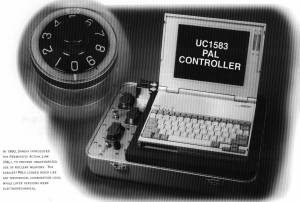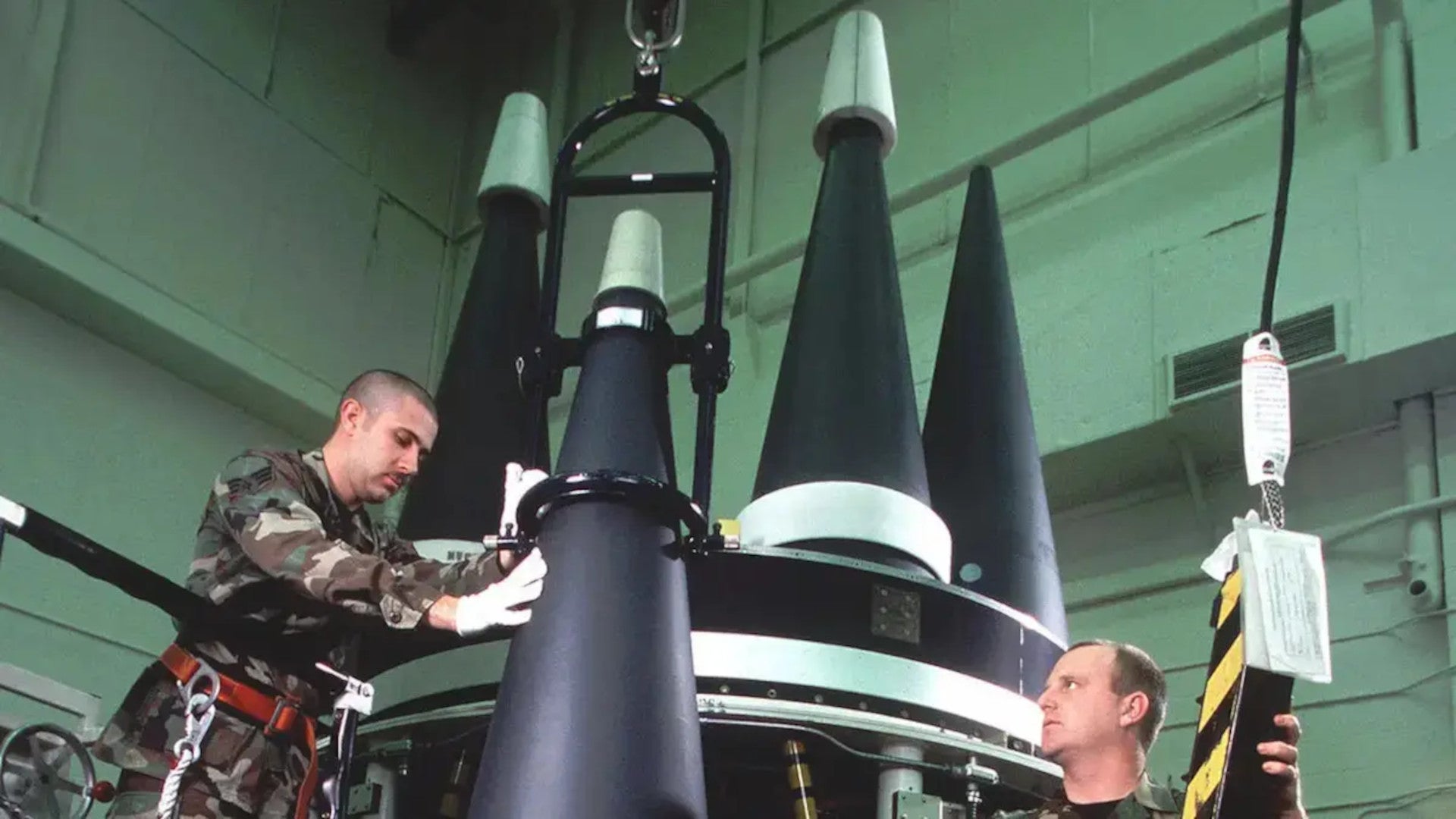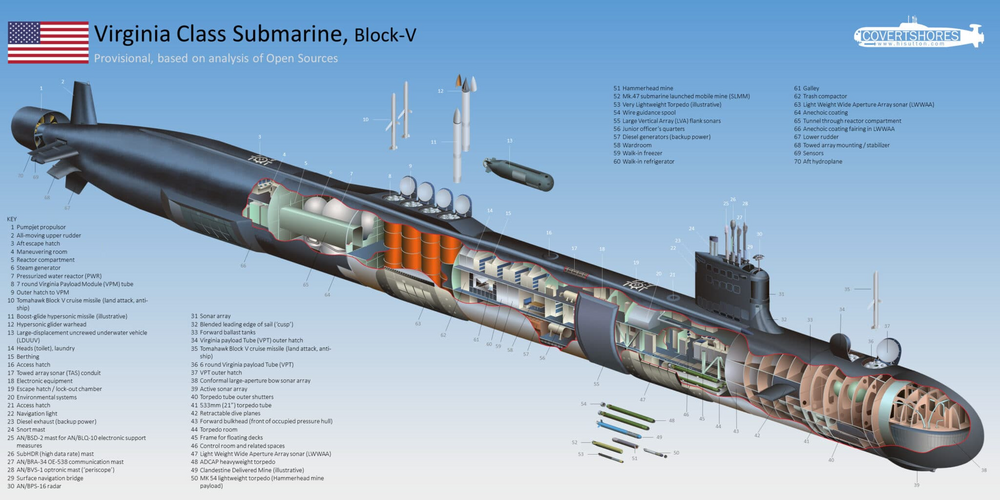The nuclear ones had a 2,800km range, as per GLCM, so any in the Med, Baltic Sea, Bering Sea, Sea of Japan, North Sea, Norwegian Sea, Barents Sea, Bering Sea, SCS or ECS, Philippine Sea (off Guam), or Gulf would likely be in range of potential targets.
And that's working off GLCM and lets face it, GLCM was back in the days when the conventional missile had a range of only 1,300km, so a modernised version could offer ranges of ~3,500+km, assuming a similar range increase % from conventional to nuclear.






